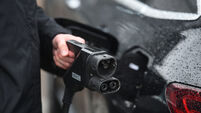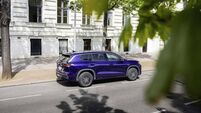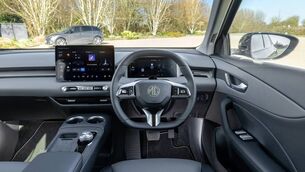OPEL GRANDLAND
Rating
★★★☆☆
Price
from €39,065 - €44,995 as tested
Engine
a 1.3 litre mild hybrid petrol with 138bhp
The Spec
very thorough and user-friendly
Verdict
much better than previously, but driving dynamics still an issue
NOT so long ago, Opel were the automotive equivalent of a beaten bookie’s docket.
US firm General Motors owned the European company. But having steered the German-based Opel to great heights (and profits) in the latter part of the last century, the Americans seemed to lose interest.
There were others, however, who saw great promise not only in Opel’s fantastic manufacturing facilities, but its engineering and design nous and the cumulative experience of the good people working for it across the globe.
That promise was in the fantastic history and wealth of knowledge the Opel people had built up over decades of making very good cars.
General Motors did not seem to appreciate this and instead of letting it wither on the vine sold it to what was then the PSA Group (Peugeot/Citroen/DS) based in France. PSA bought it for a song.
Shortly afterwards, PSA was subsumed in to the new Stellantis conglomeration, which amalgamated the French companies (and their new German acquisition) with Fiat, Alfa, Maserati, Chrysler and Jeep, to create one mega automotive powerhouse. Overnight, Stellantis became the fourth largest car maker in the world, behind only Toyota, Volkswagen and Hyundai.
Not alone was it a merger that made sense — financially and practically — but it probably saved several brands that were on the verge of either financial ruin or closure. Opel was one of them.
The company had a solid, if somewhat aged, car line-up at that point, but once the influence of the new owners was brought to bear, the model selection flowered like a bunch of spring daffodils. The Corsa, the Astra and the Mokka were the first to blossom nicely and now this week’s tester, the Grandland, has got the treatment.
Previously known as the Grandland X, the letter appendage has been dropped and so, too, the somewhat staid styling of the original, although this refresh has kept the bonnet and front wings.
Now, the mid-size SUV is not just imposing, but beautifully styled and although the ‘Impakt Copper’ colour scheme was not particularly attractive to me, it did seem to find favour with my female friends, who voiced their approval.
The new car is definitely good looking, however, and particularly so in the ‘GS’ trim, which we drove — with pretty, 19” alloys and colour-coded wheel arches, rather than drab grey or plastics.
The front end features Opel’s new design signature, the 3D ‘Vizor’. This houses the award-winning Intelli-Lux adaptive lighting system, which also has ‘welcome’ and ‘farewell’ animation.
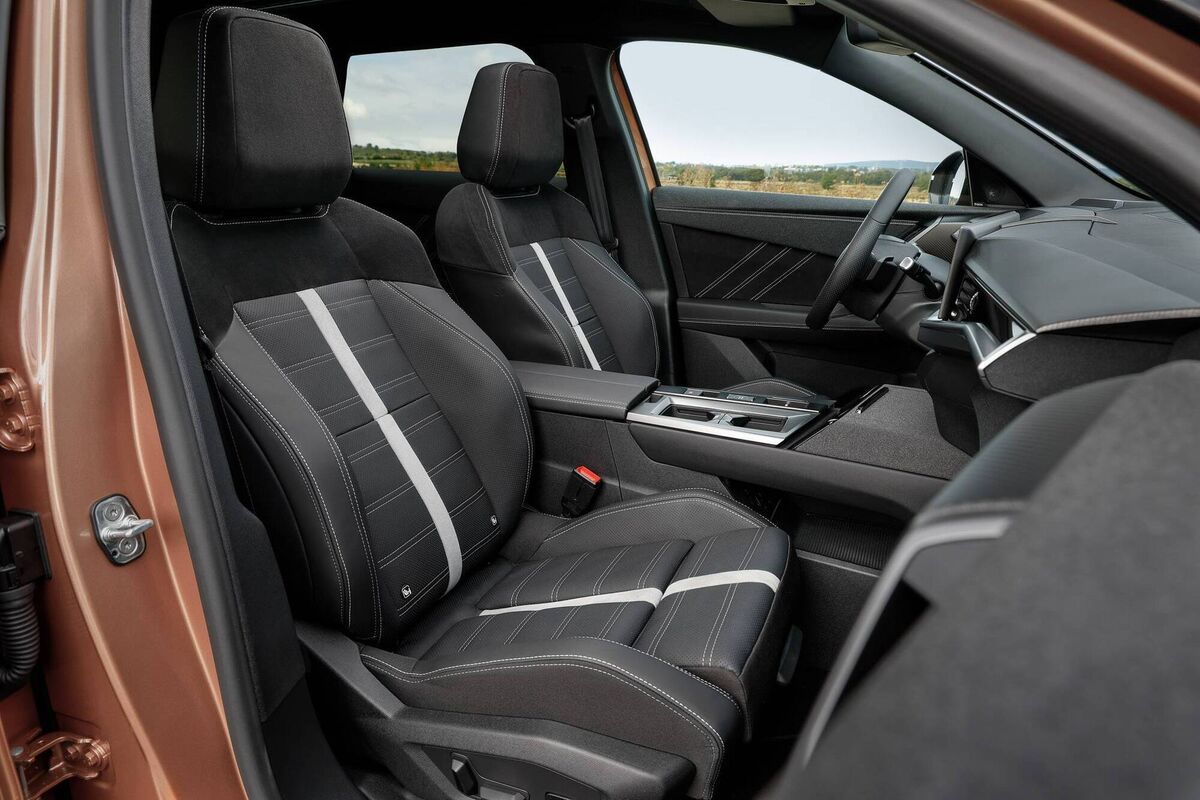
In truth, the only way for the new Grandland was up, largely because the old one wasn’t overly dynamic. It didn’t inspire much, due to its dowdy design and unremarkable performance; it didn’t particularly like bendy roads, either, as a sudden and unexpected tank-slapper at a nearby quarry once vividly illustrated to me.
It was comfortable and well kitted out, but that did not make up for any semblance of driving dynamism. It was pretty much over-shadowed in every department by most of its mid-sized SUV rivals.
No so the new one, which has improved in almost every area of endeavour, although its relatively small, PSA-sourced, mild hybrid petrol engine is no drag racer, even if that makes it a pretty good choice for the family-oriented driving that will be its raison d’etre.
The engine is not the only thing it shares with fellow Stellantis stablemates. It is built on the same platform as the Peugeot 3008, but while the French car stretches its legs on the Parisian catwalk as a style icon, the Opel is more determinedly practical and down to earth — ie, very German.
Getting back to the engine. The Grandland now utilises the latest version of what was PSA’s 1.2-litre, three-cylinder PureTech petrol (but which is now seen across the Stellantis range).
It outputs some 135bhp and has some 230Nm of torque on tap, both moderate figures.
The 10.2 second, 0-100km/h time and the top speed of a whisker over 200km/h are not bad, and neither is the consumption figure of 5.5 l/100km (50.4 mpg). Thus, while on paper it might not look like a hugely impressive performer, it is better than expected.
The Grandland is quite nimble, too — it has a sizeable weight advantage over its electric sibling, which we will be testing in the not too distant future — and the handling is tidy enough, although the ride (thanks largely to the bulk of the Grandland) is a touch crashy when you get out and about on our B-road network.
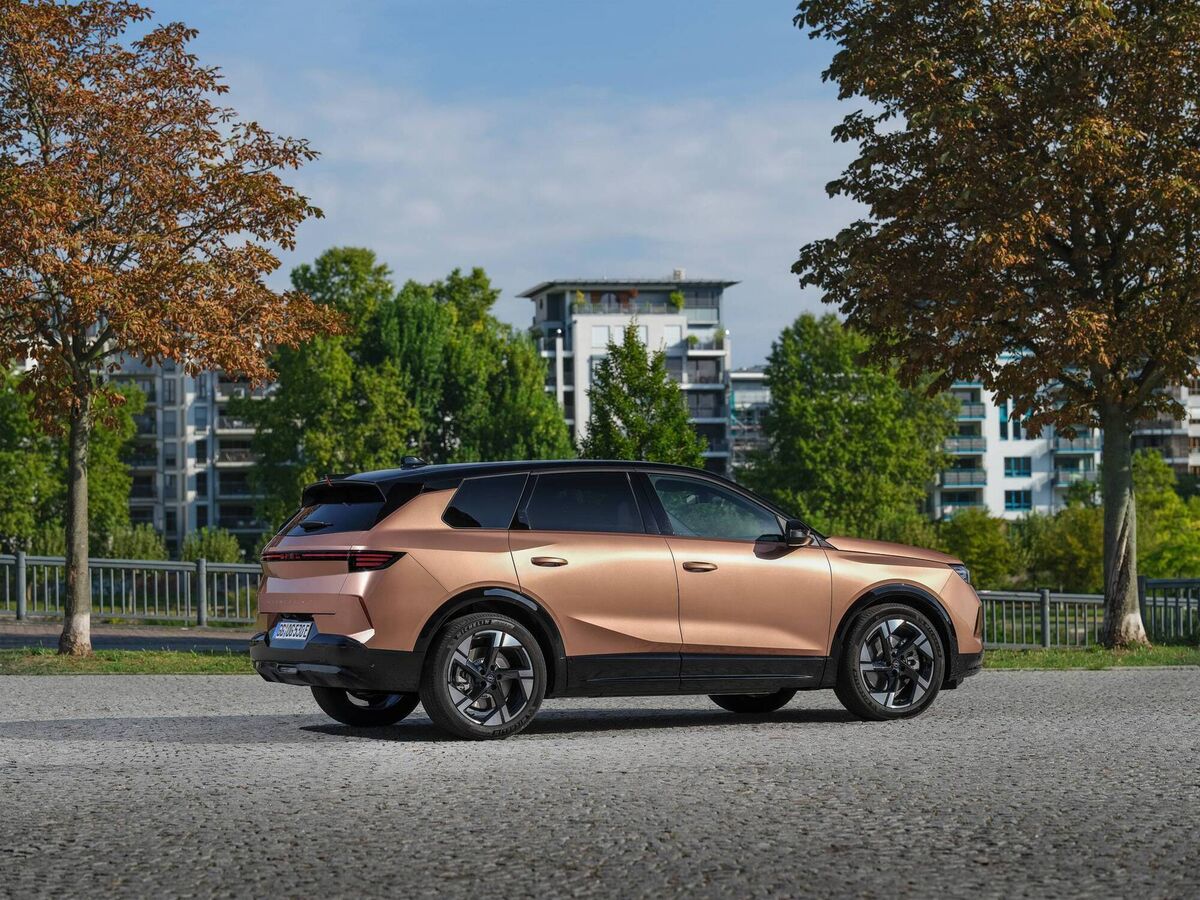
In both handling and ride the car performs well to a certain degree, but don’t fool yourself that every time you park it up you will be smiling after having had a zinging driving experience.
The car’s interior is another matter altogether. Opel has ramped up both the technology and comfort levels. In fact, one of the biggest positives of the old model was the front seats. These were designed by Opel with the help of a German organisation called AGR, which promotes back/spinal health.
Now, the seats have been improved again.
The seats are not only indubitably comfortable, but hugely supportive and, if you have a dodgy back, then this is a seriously appealing feature. These aside, though, the new Grandland is longer, wider and taller than its predecessor, so it is also more capable of carrying bigger people in better comfort.
Boot capacity, too, is better than before (up to 550l, from 514) and it also now boasts a fancy phone-charging compartment, although it is so well disguised that you’ll find yourself leaving your device behind you when you dismount.
The infotainment system borrows a lot from fellow Stellantis products, although that’s no bad thing as the system is easy to use and driver-friendly.
The fact that the climate is controlled by physical buttons, too, is a good thing.
Our tester also came with adaptive cruise control, front and rear parking sensors, a rear-view camera, ambient lighting and sporty alloy pedals, but all those goodies don’t really do enough to pitch this car in against the best in class.
A valiant effort, undoubtedly, but the spurt in growth of the size of the car and the improved tech and kit don’t overcome the dull dynamics.
This is surely a car that will appeal to a certain group of family owners — on price, if nothing else — but possibly not enough of them.

Unlimited access. Half the price.
Try unlimited access from only €1.50 a week
Already a subscriber? Sign in

